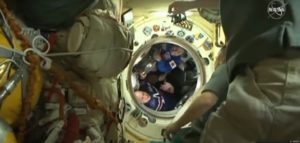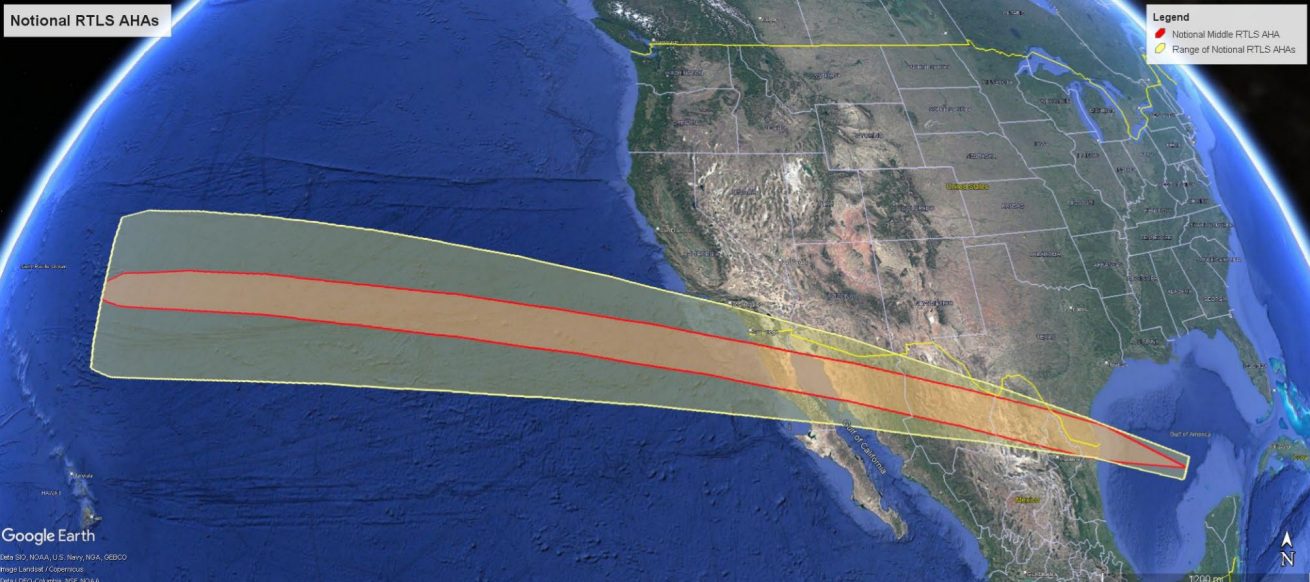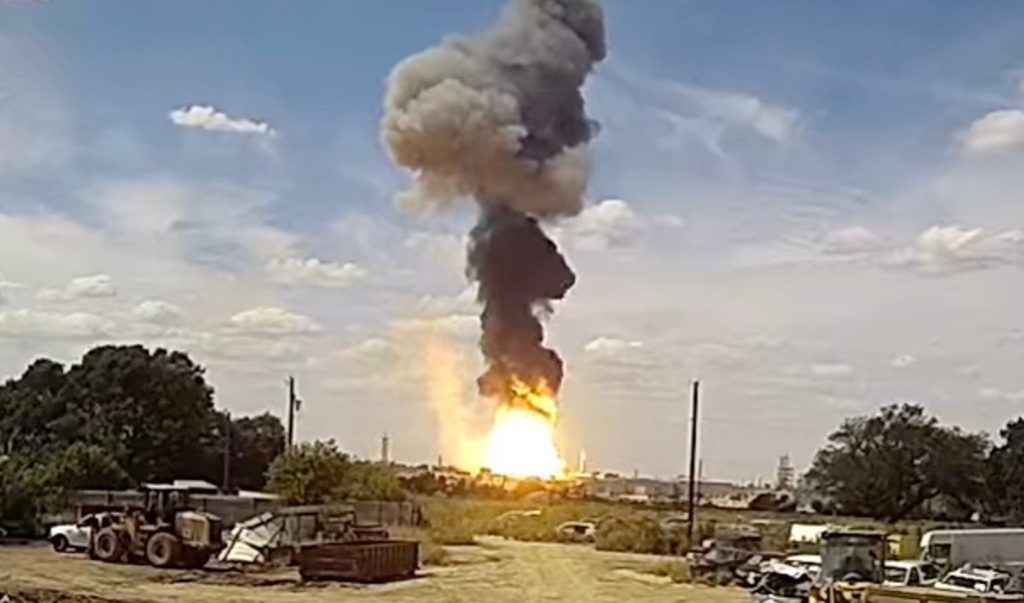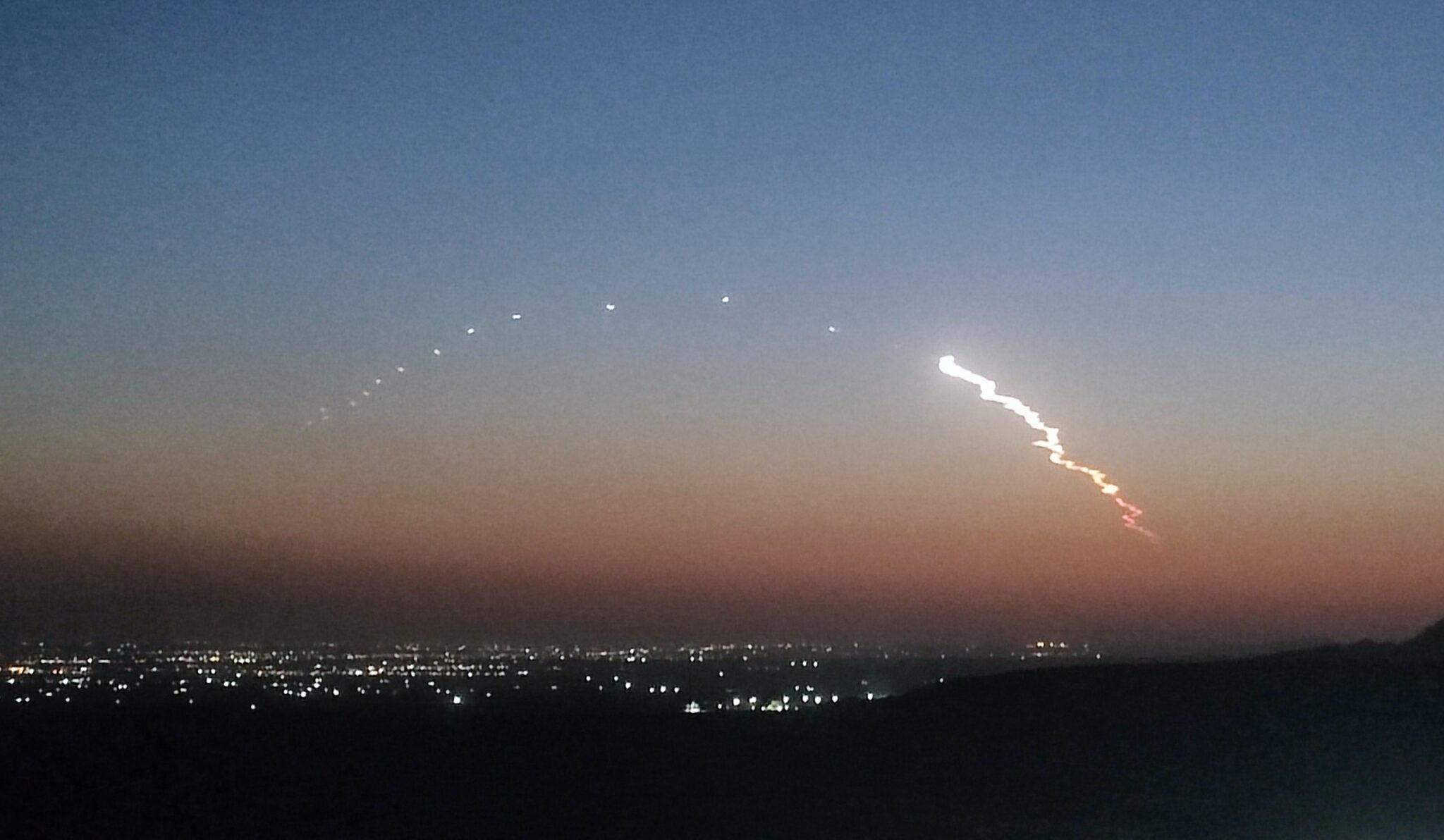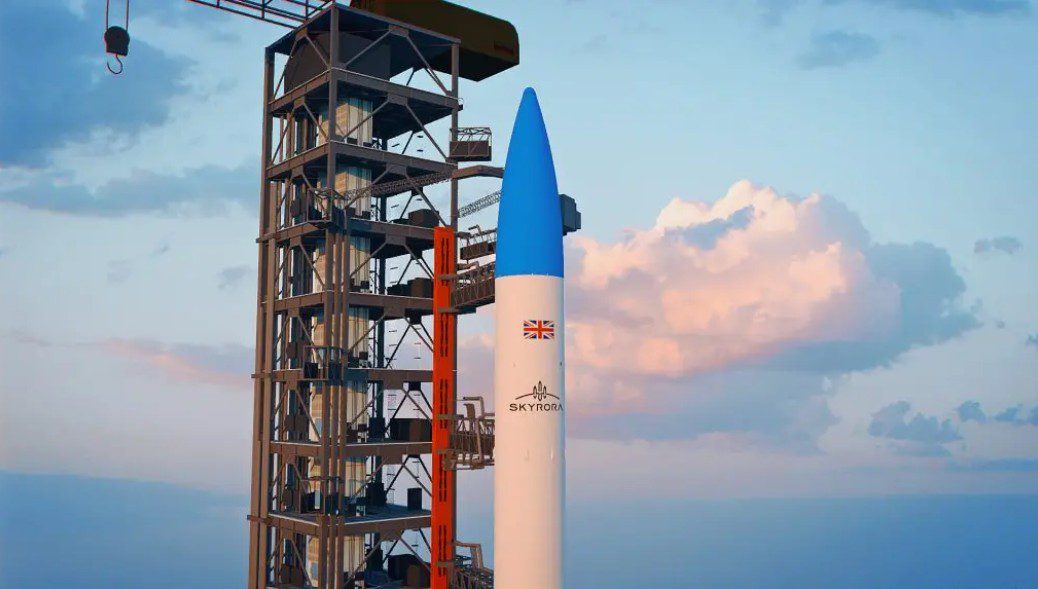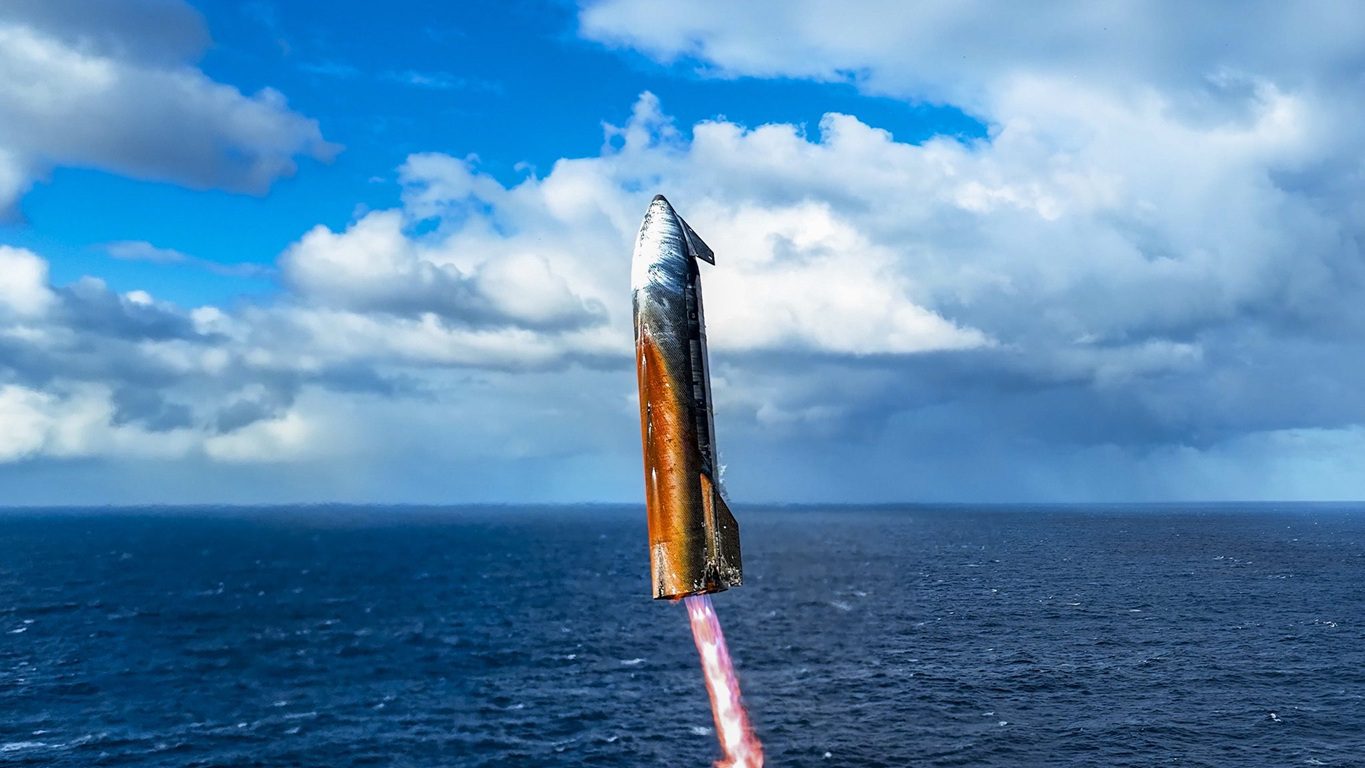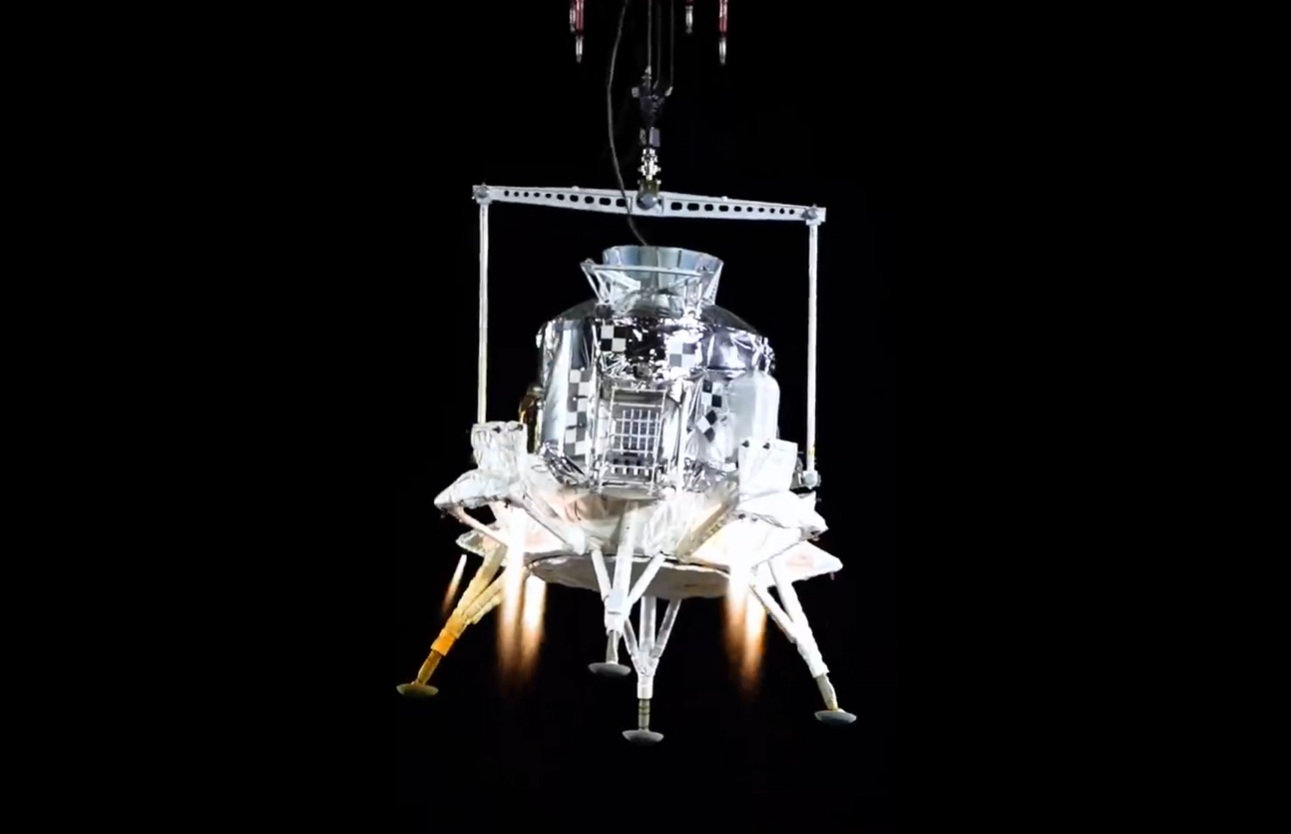The crew of Soyuz MS-20 closed the hatch for the last time on 19 December 2021 at 1932 GMT. They undocked from the International Space Station Russian Poisk module at 2350 GMT. Around three minutes after undocking, MS-20 performed its first separation burn lasting a total of eight seconds followed shortly by a second separation burn lasting for 15 seconds. This was then followed by a period of free flight.
On 20 December 2021, at approximately 0218 GMT, Soyuz MS-20 performed a deorbit burn for around four minutes. At 0247 GMT, explosive bolts fired to separate the Orbital and Service/Propulsion modules from the Decent Module. The MS-20 Descent Module carrying Cosmonaut Alexander Misurkin, space tourists Yusaku Maezawa and Yozo Hirano re-entered over the Caspian Sea at 0250 GMT. At an altitude of 10 km the parachute cover was released and a drogue and two pilot parachutes were deployed. This was followed by the main parachute deployment at 0258 GMT. A second before landing, two sets of three solid propellant engines were fired to slow down the rate of descent. MS-20 touched down as planned 148 km southeast of the city of Zhezkazgan, Kazakhstan at 0313 GMT. Recovery teams raced to the landing site and extracted the crew members around 0350 GMT.
During its 12 day mission, the crew had spent just over 11 days and 10 hours docked with the ISS. For 44 year old Cosmonaut Alexander Misurkin, this marks a total of 346 days in space to date.

